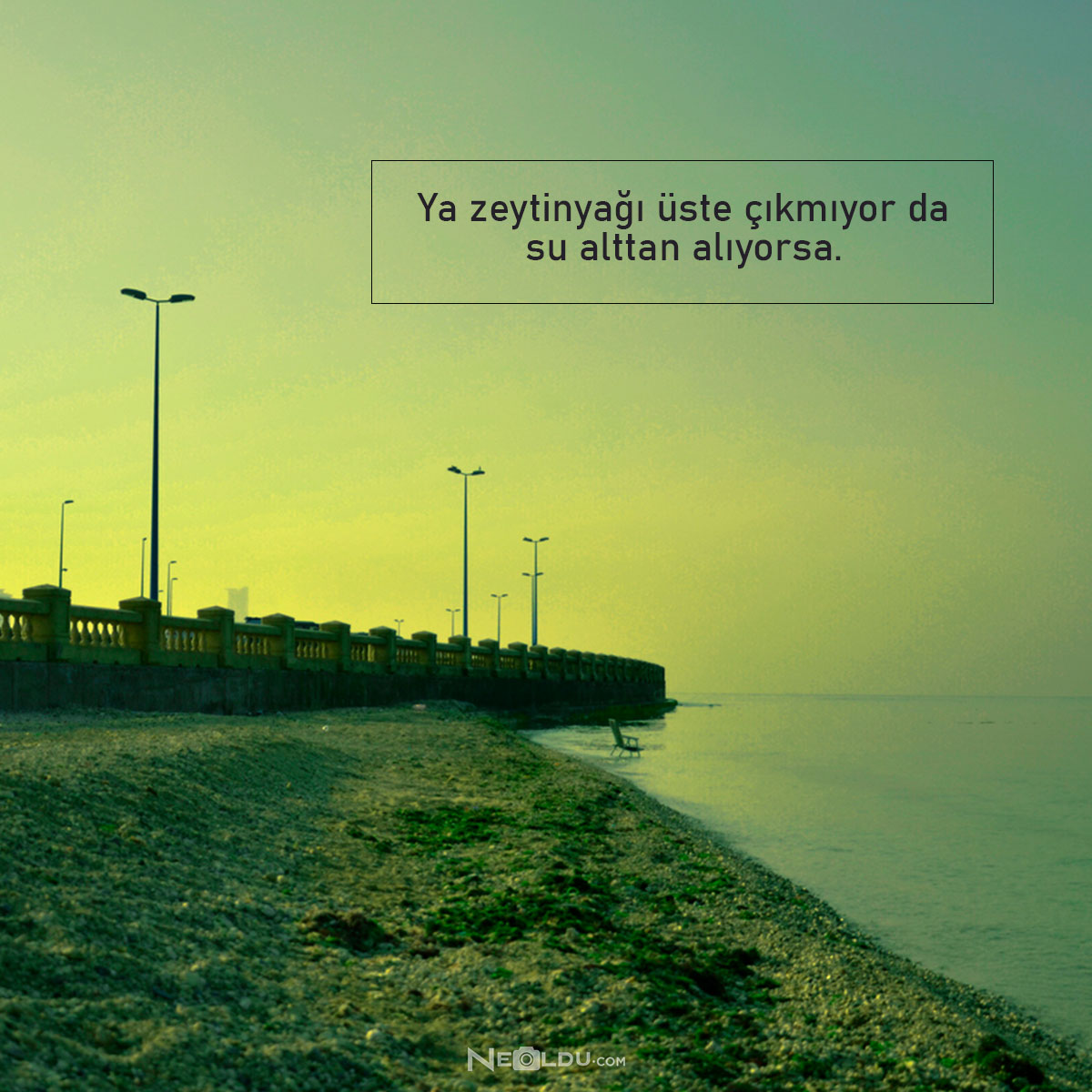
We also present results of a user-study to analyze how well do average humans perform on this task, what modalities they use for deception detection and how they perform if only one modality is accessible. When combined with human annotations of micro-expressions, our AUC improves to 0.922. Even though state-of-the-art methods use human annotations of micro-expressions for deception detection, our fully automated approach outperforms them by 5%. Using various classifiers, our automated system obtains an AUC of 0.877 (10-fold cross-validation) when evaluated on subjects which were not part of the training set.

MFCC (Mel-frequency Cepstral Coefficients) features from the audio domain also provide a significant boost in performance, while information from transcripts is not very beneficial for our system. We fuse the score of classifiers trained on IDT features and high-level micro-expressions to improve performance. Surprisingly, IDT (Improved Dense Trajectory) features which have been widely used for action recognition, are also very good at predicting deception in videos. We show that predictions of high-level micro-expressions can be used as features for deception prediction. On the vision side, our system uses classifiers trained on low level video features which predict human micro-expressions. We study the importance of different modalities like vision, audio and text for this task. We present a system for covert automated deception detection using information available in a video.

Deception Detection in Videos | DARE DARE DARE: Deception Analysis and Reasoning Engine View on GitHub Deception Detection in Videos


 0 kommentar(er)
0 kommentar(er)
